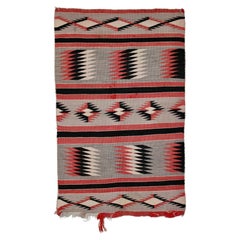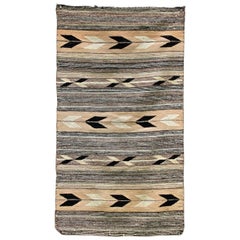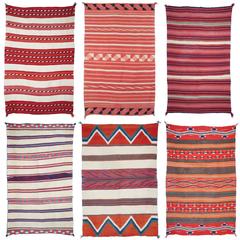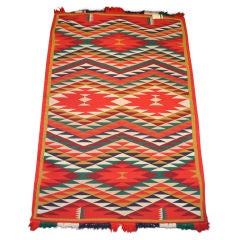Navajo Childs Blanket
Antique 1880s American Tribal Native American Objects
Wool
Antique Late 19th Century American Navajo Native American Objects
Wool
Recent Sales
Antique Late 19th Century Navajo Native American Objects
Antique 19th Century American North and South American Rugs
Antique 19th Century American Navajo Native American Objects
Wool
Antique 1890s American Navajo North and South American Rugs
Wool
Antique Late 19th Century American Navajo North and South American Rugs
Wool
People Also Browsed
2010s Danish Scandinavian Modern Dining Room Chairs
Oak
Early 20th Century Italian Rococo Living Room Sets
Leather, Walnut
Finding the Right Folk-art for You
Folk art refers to a genre of art that shares the creator’s traditions, offering not just an artistic display but an opportunity to learn about a culture. Vintage, new and antique folk art typically reflects a heritage or location. It can include utilitarian objects and handmade art as diverse as weather vanes, portraiture and paintings, carnival art, quilts and duck decoys.
American folk art is frequently valued because of the traditional skills involved, like weaving, hand-carving wood and even stonework. Many folk artists are self-taught, while some train as apprentices within their community. By using available materials and taking a personal approach to their creations, artists ensure each piece is unique and conveys a story. Native American folk art includes functional objects reflecting their heritage, such as baskets, textiles and wooden pieces.
During the Great Depression, artistic materials in America were hard to come by, so artisans used discarded wood from cigar boxes and shipping crates to make highly stylized, notched pieces — most often picture frames and boxes — that are today sought after by collectors. This folk art style is called tramp art and was popular from roughly 1870 until the 1940s.
Folk art brings vibrant culture and traditions into your home. Browse an extensive collection of folk art on 1stDibs.
- What is a Navajo blanket called?1 Answer1stDibs ExpertApril 5, 2022Navajo blankets are also known as “chief’s blankets”. They were referred to as such because in the days of trading, the blankets were so expensive that only the chiefs could afford them. You’ll find a variety of chief blankets from some of the world’s top sellers on 1stDibs.
- 1stDibs ExpertFebruary 22, 2021Navajo blankets are worth so much because they're extremely rare; only 50 of these first-phase blankets, which Ute Indians made until roughly 1865, survive today.
- 1stDibs ExpertApril 5, 2022To tell if a Navajo blanket or rug is real, examine the ends. On an authentic rug or blanket, the weaving is continuous. If the ends of the yarns appear tucked in, the item is not continuous and unlikely to be authentic. Find a range of expertly vetted Navajo blankets and rugs on 1stDibs.



